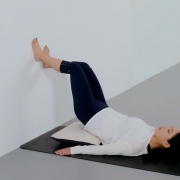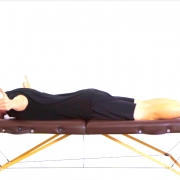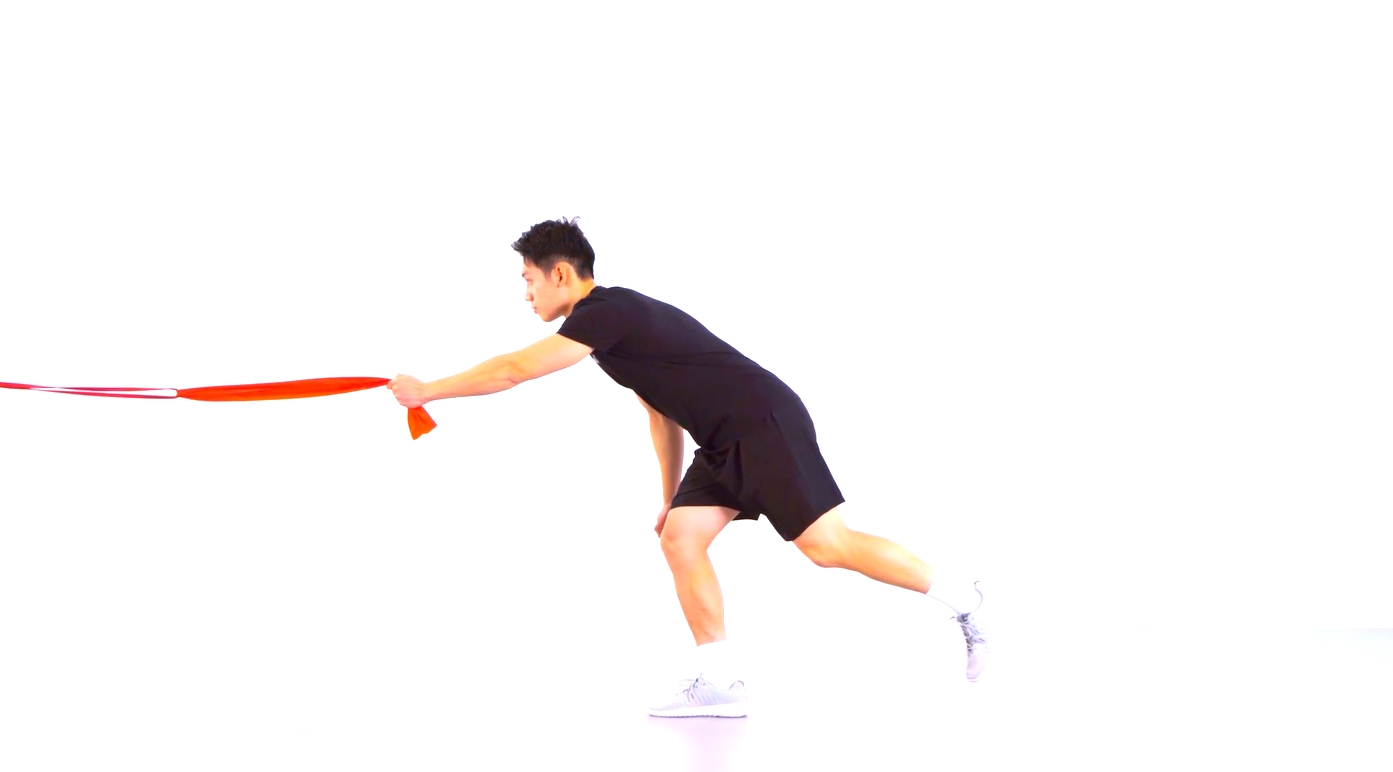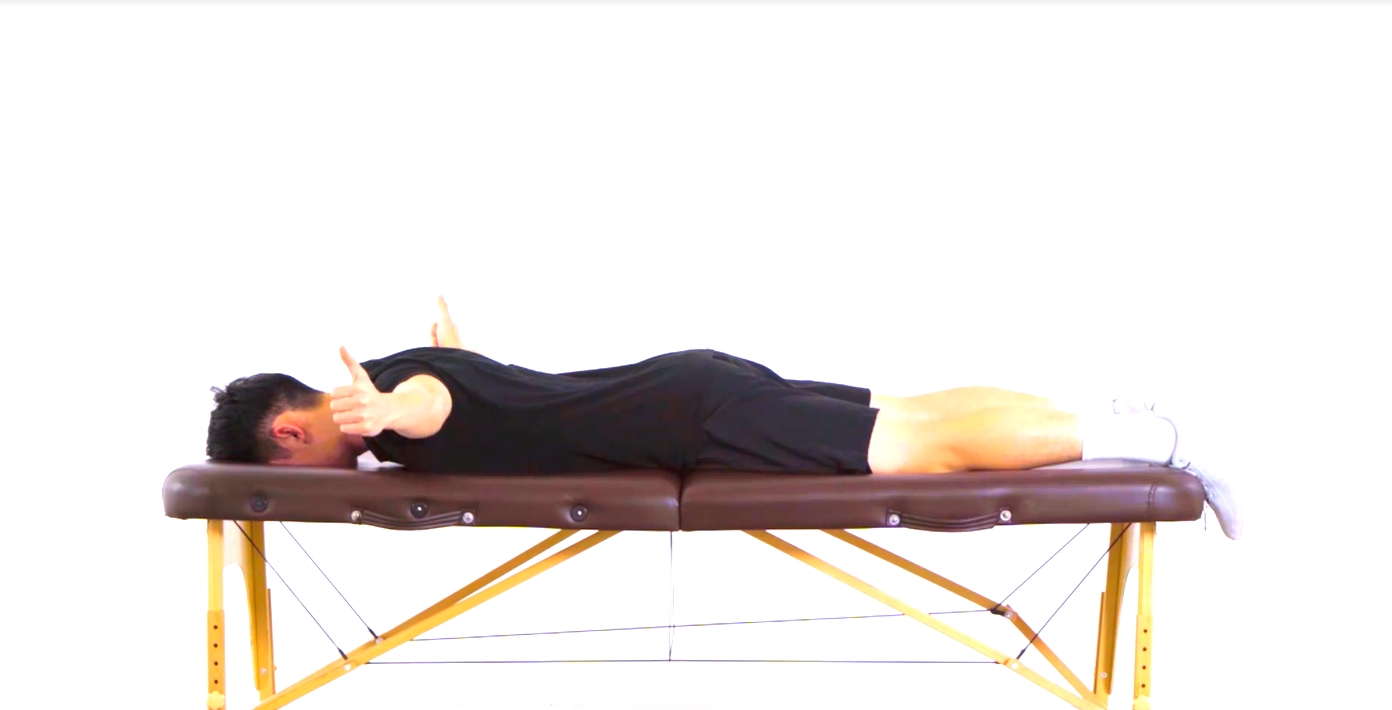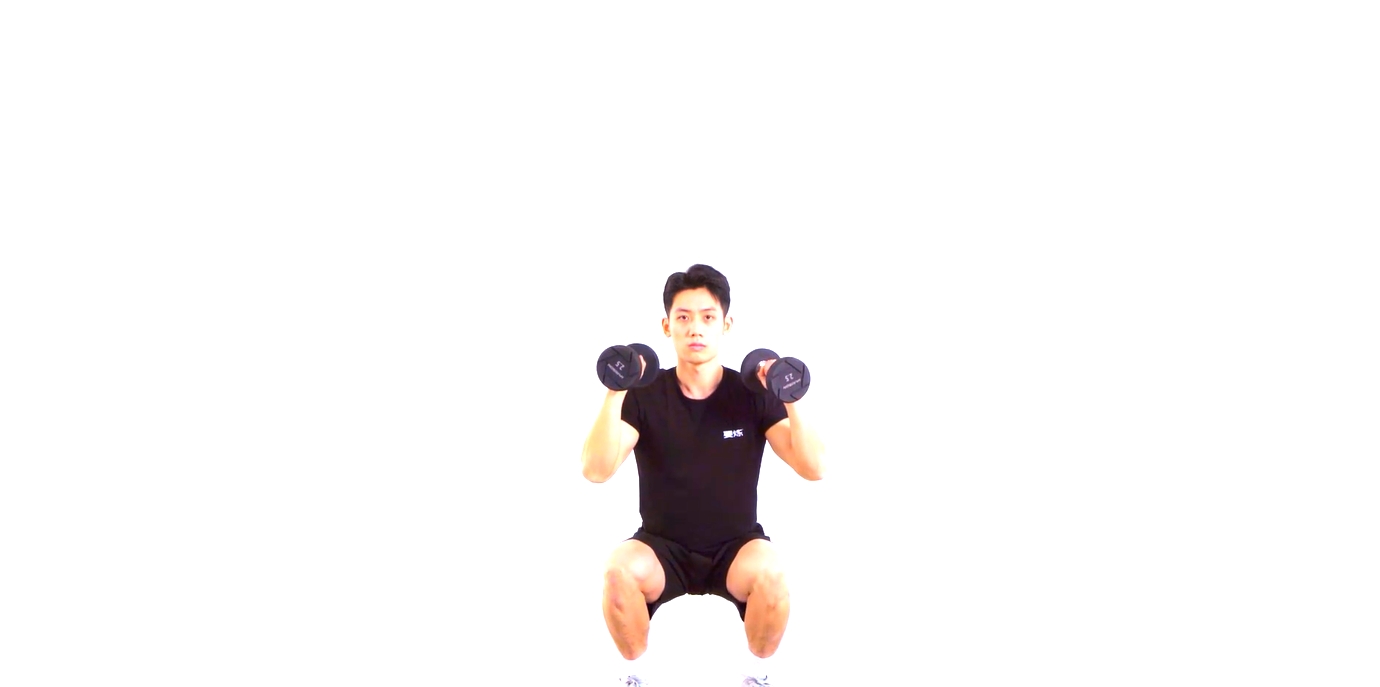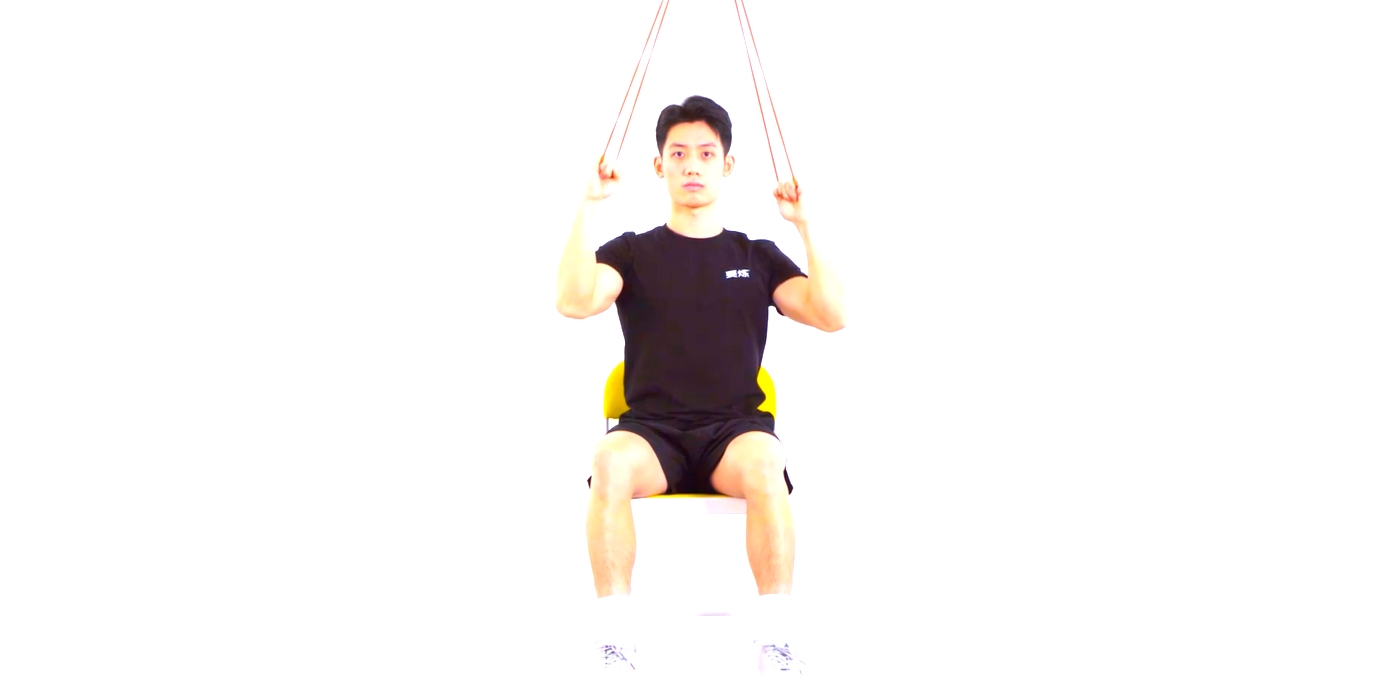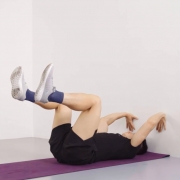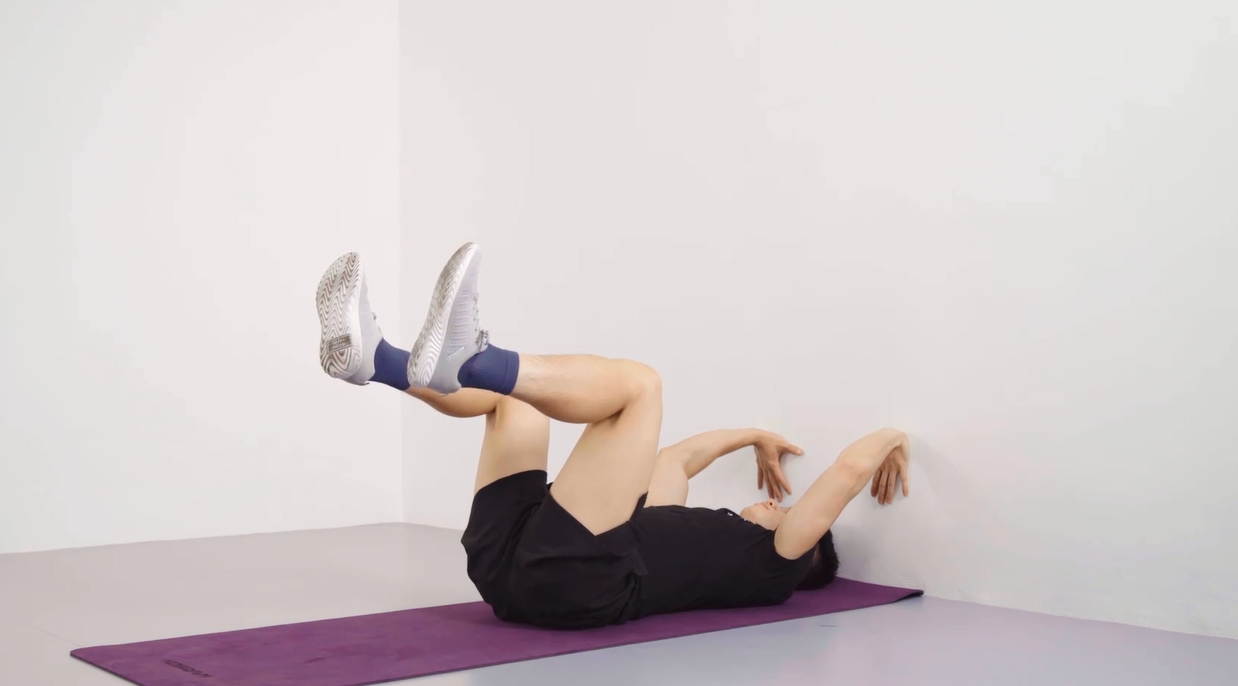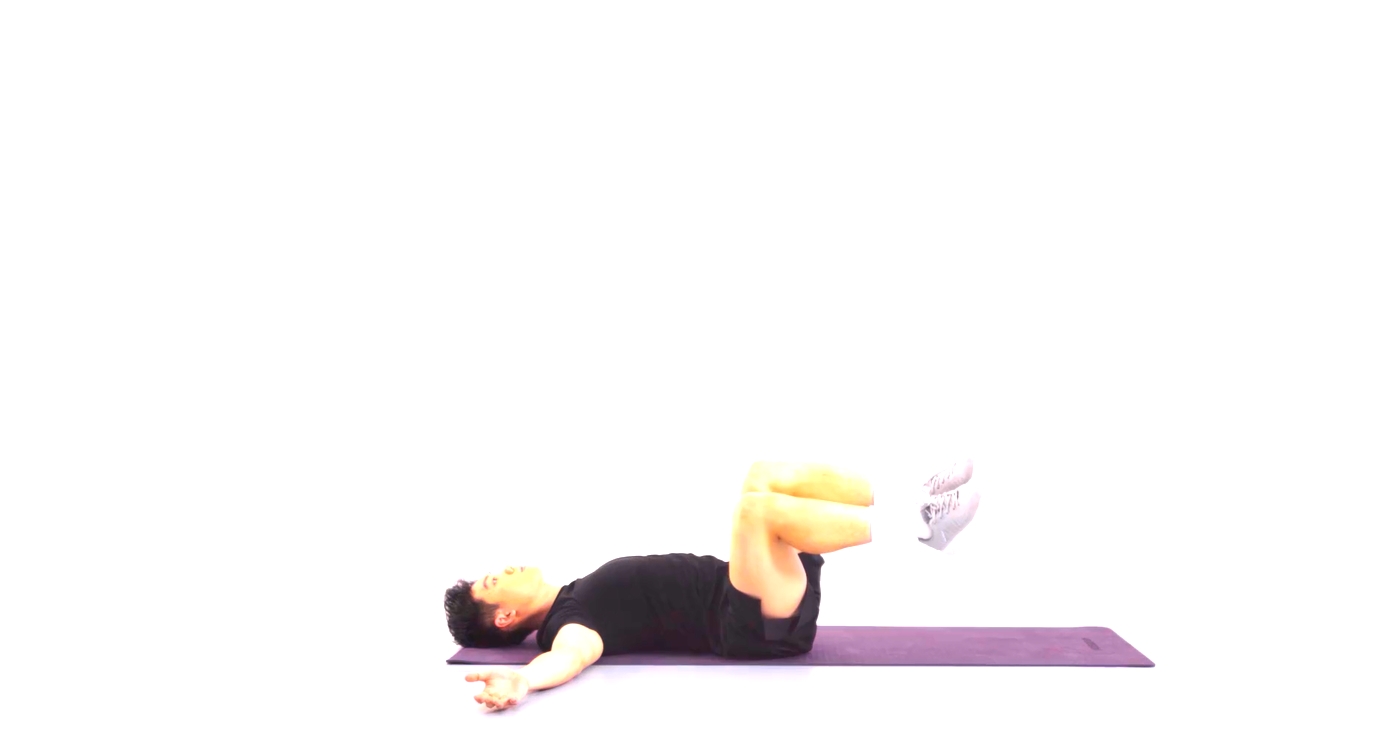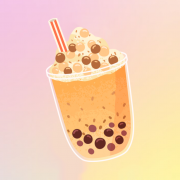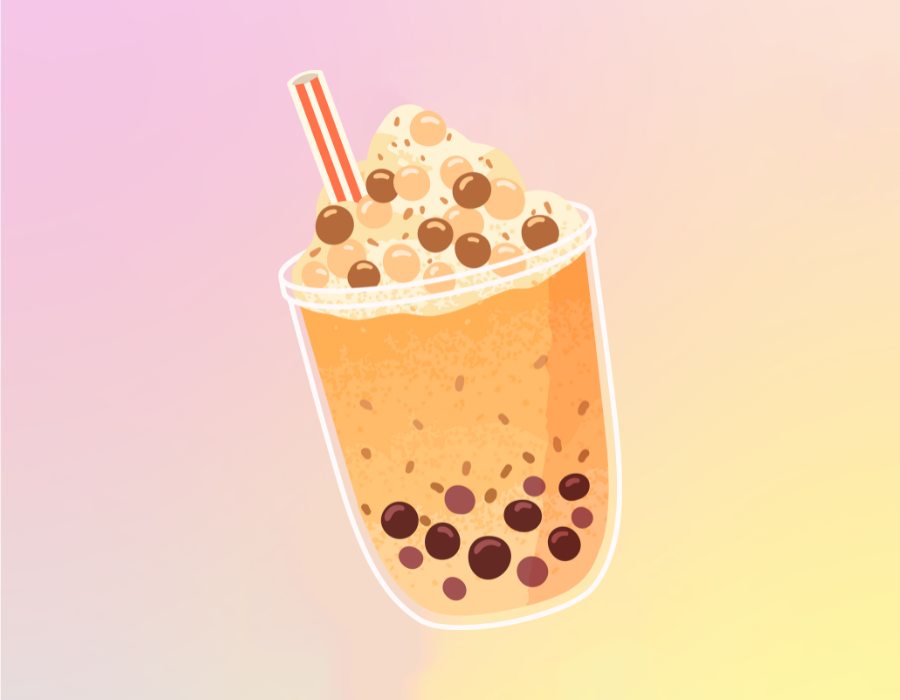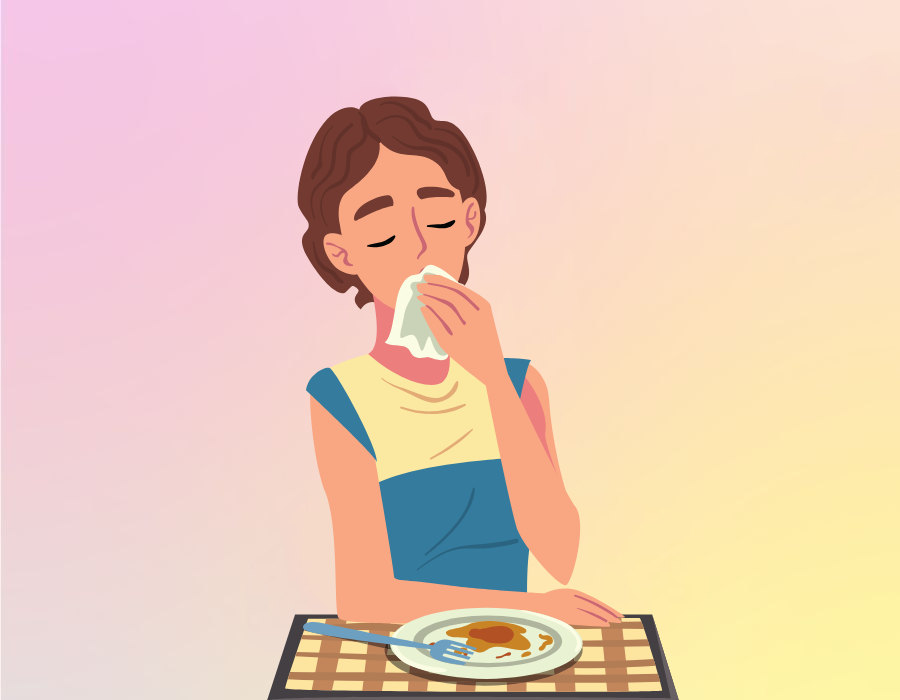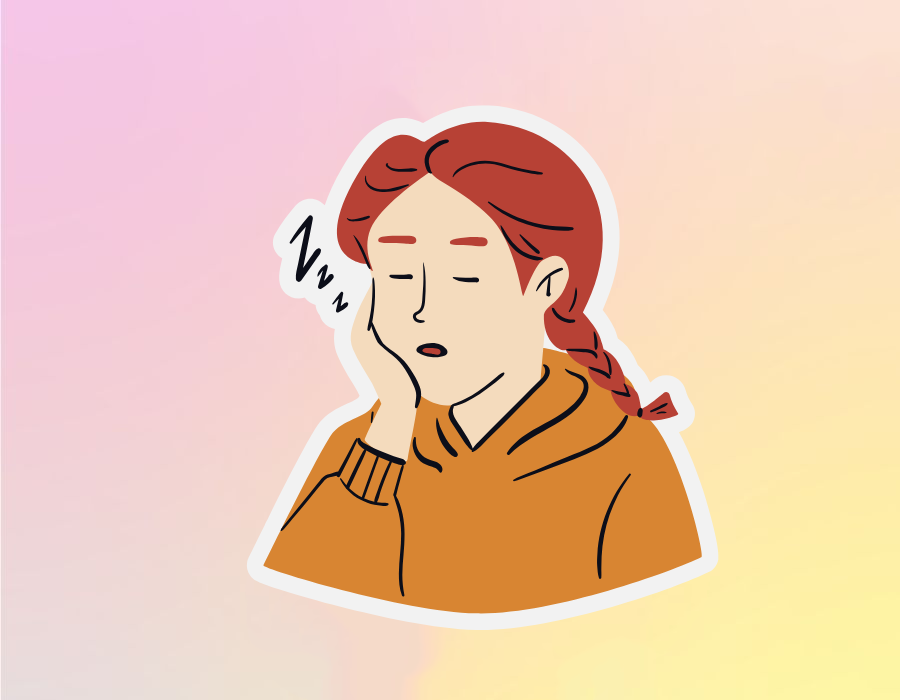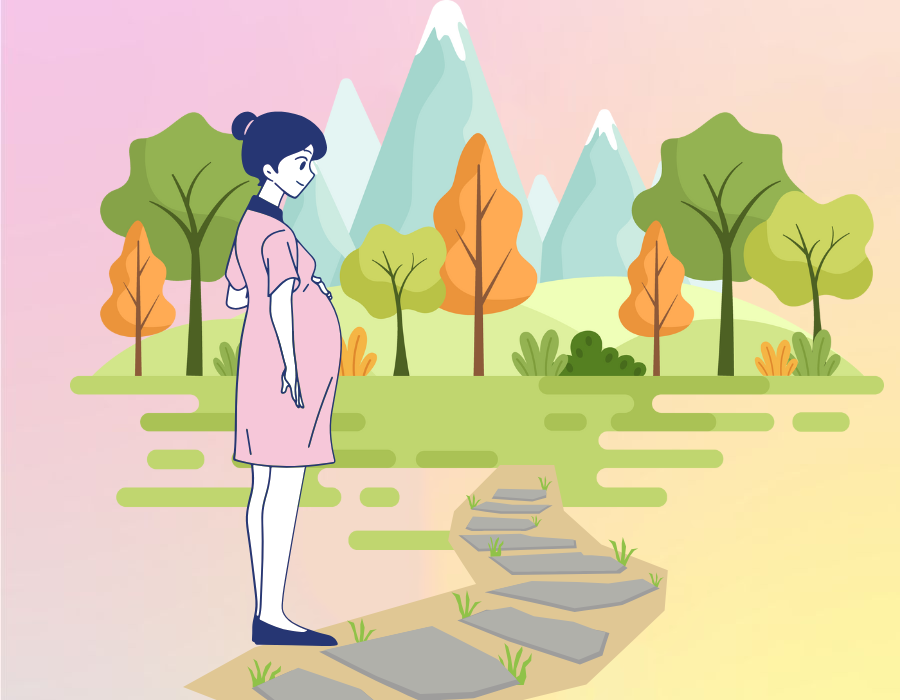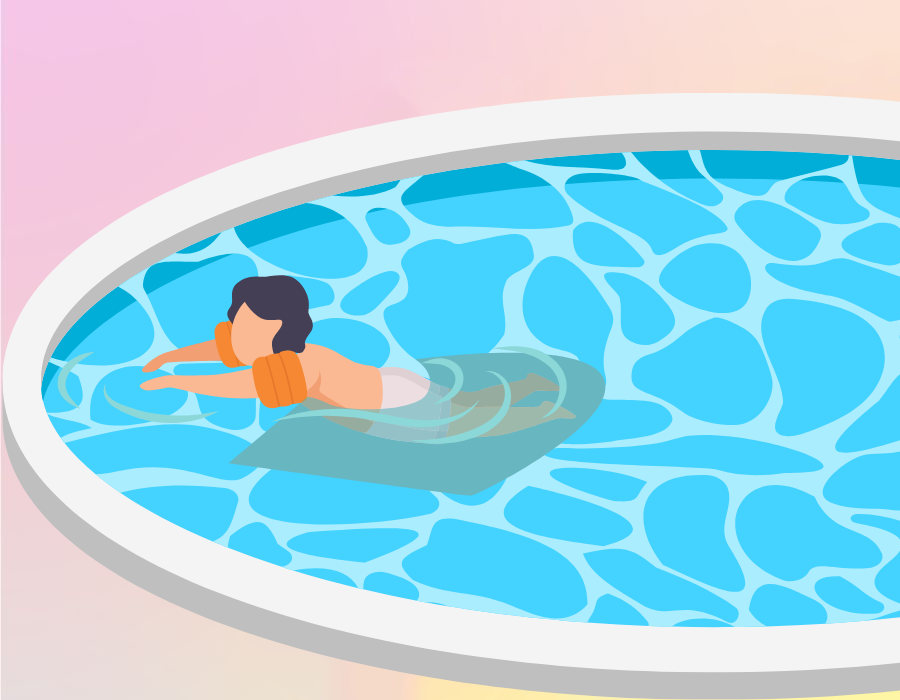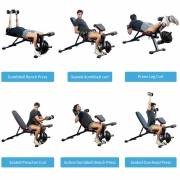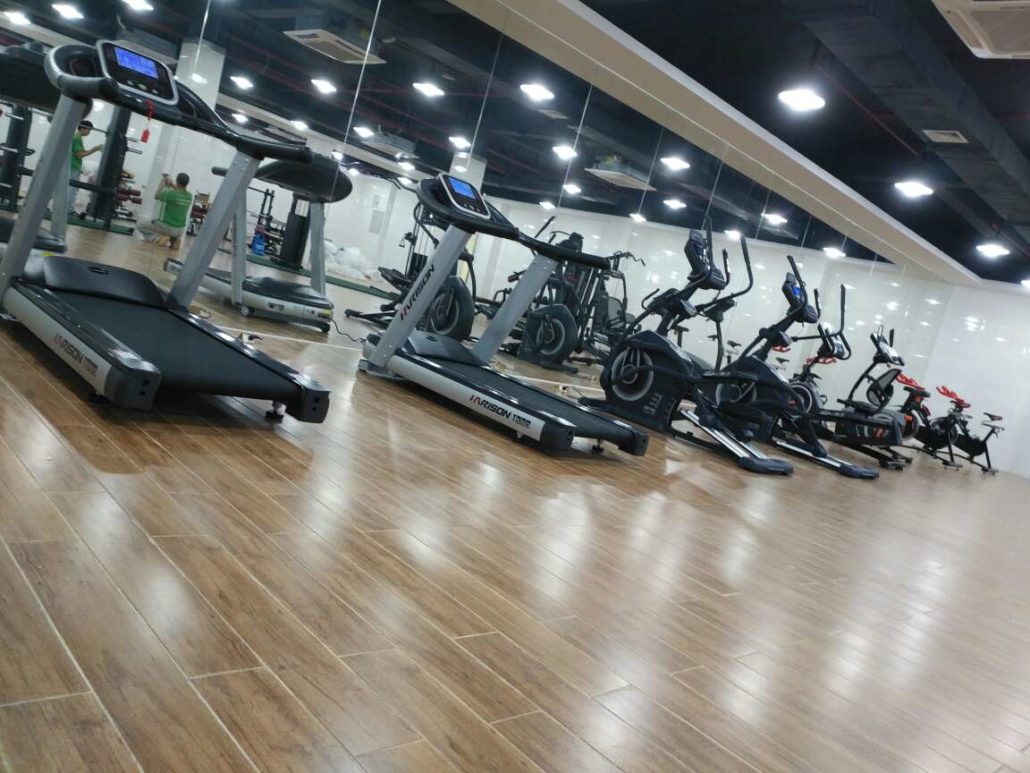If you have any queries or suggestions, please feel free to reach out via email to info@harisonfitness.com. We will do everything in our capacity to ensure that you love your experience with us.
Many moms and dads complain that their hair is thick and silky before giving birth to a child, but after giving birth to a child, their hair becomes yellow and keeps falling out, and only half of their original thick hair is left. I’ve only heard of hair loss from overwork, but can you also lose your hair when you have a baby?
01Why do you tend to lose your hair after giving birth?
About 35% to 40% of mothers have different degrees of hair loss after childbirth, mainly due to the following reasons:
1. Hormonal effects in the body, hair growth into the rest period
Pregnancy endocrine and progesterone, estrogen and other levels of change, hair follicles in the hair will grow rapidly, but after the birth, hormone levels will decline, hair follicles into the resting period, the proportion of resting hair on the scalp increased, so this time hair loss is very common, also known as resting hair loss. The most common is 1 to 5 months after delivery.
2, breastfeeding consumption, easy to malnutrition
New mothers in childbirth and breastfeeding when the body consumes a lot, in the diet can not be timely supplemental nutrition, or due to disease caused by loss of appetite indigestion may lead to malnutrition and thus cause postpartum hair loss.
3、Postpartum mental instability
New mothers are prone to post-partum mental state is unstable, easy to give birth to post-partum depression, may be due to mental depression, low mood and other reasons lead to a decline in the body’s metabolism, poor blood circulation, supply of nutrients for hair growth disorders, can also lead to hair loss.
02What to do to prevent postpartum hair loss
Hair loss after giving birth is generally normal and will basically return within 6 to 15 months after delivery, so there is no need to be overly nervous. However, if mothers feel that their hair loss is still serious, or if they still have significant hair loss more than 15 months after giving birth, they should seek help from a dermatologist.
1. Scalp care to promote blood circulation in the head
New moms can use a cushion comb or a wooden comb to comb their hair. Massage your fingers rhythmically against the scalp to promote blood circulation in the scalp and increase the metabolism of the hair. Don’t sit on the moon for a long time without washing your hair, which is not good for hair growth, but also easy to lead to folliculitis.
2, daily attention to nutritional balance, adequate rest
Postpartum diet needs to be reasonable, mothers should eat a variety of foods, balanced diet, to prevent partiality. Living life should also pay attention to sleep enough, rest more, avoid excessive fatigue. If you are tired of taking care of your baby, it is recommended that you let your father or other relatives assist you.
3、Positive exercise to promote metabolism
You can do more exercise to improve your metabolism, which is conducive to hair growth. If your body has recovered well, you can do some medium-intensity exercise. If your body has not fully recovered, you can also do some stretching exercise to maintain your body functions.
Clip Ball Hip Bridge
Lie flat on a yoga mat and bend your legs. Clip a small yoga ball between your knees, lift your hips, maintain 10 seconds/group, 3 groups once.
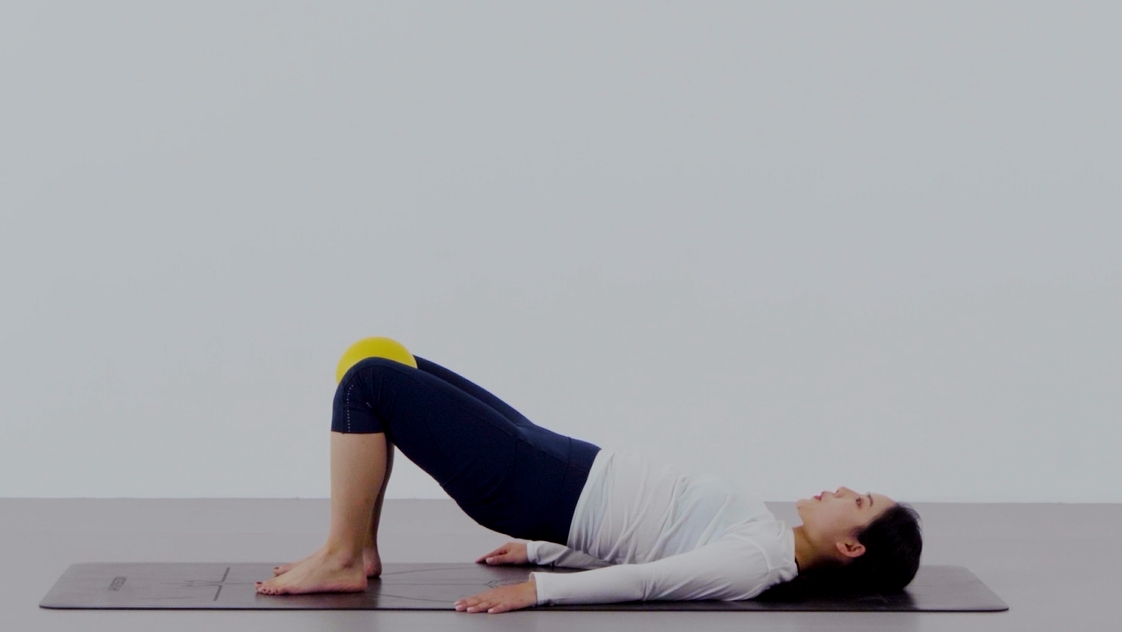
Walking Exercise
Place your feet on the wall and bend them at a 90-degree right angle so that your knees are parallel to the floor. Rest your pelvis against the exercise mat. As you exhale calmly, contract your vagina while lifting your pelvis further upward, moving your feet up against the wall as if you were taking a walk. Then drop and relax. Raise the pelvic floor as high as it will go without causing discomfort to the thoracic and cervical spine. 2min/set, 3 sets at a time.
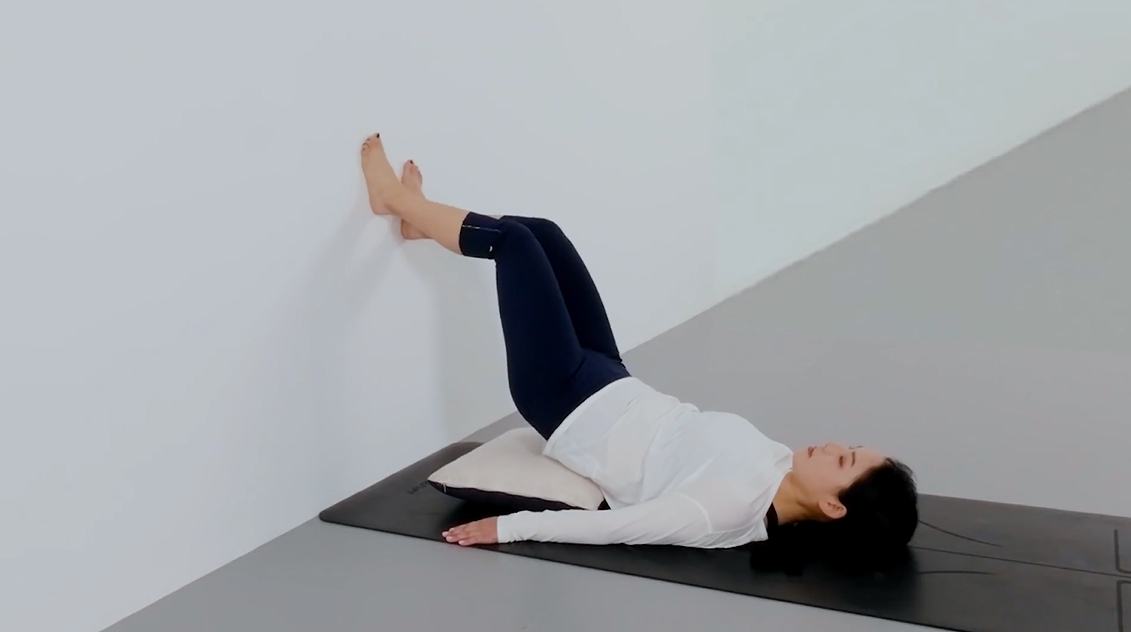
Pelvic floor muscle slow muscle fiber strengthening 3
Hold your fingers together at the back of your head, then slowly extend the top of your head toward the ceiling, tilting the net back as far as possible, raising the perineum to keep it contracted for long enough to complete a few breaths before relaxing. 10 repetitions/set, 3 sets at a time.
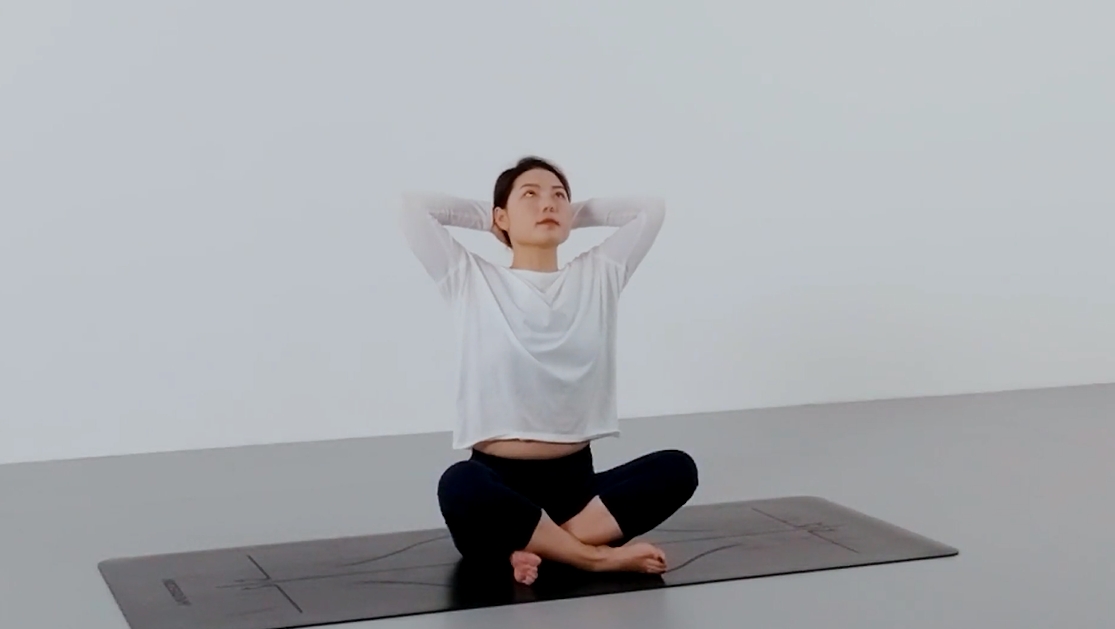
There is no need to be overly nervous about postpartum hair loss. Keep your mood and spirit happy, a good mental state is good for blood circulation and will help your hair grow better.


